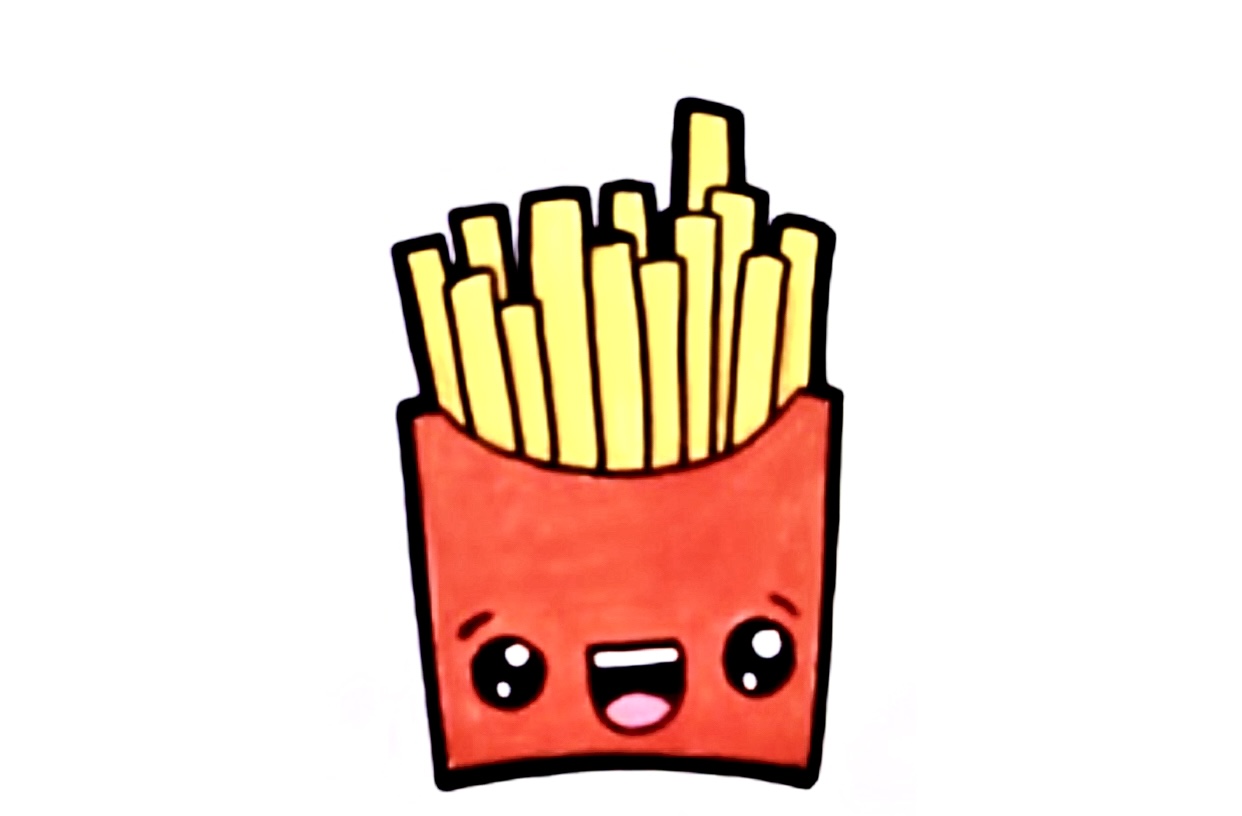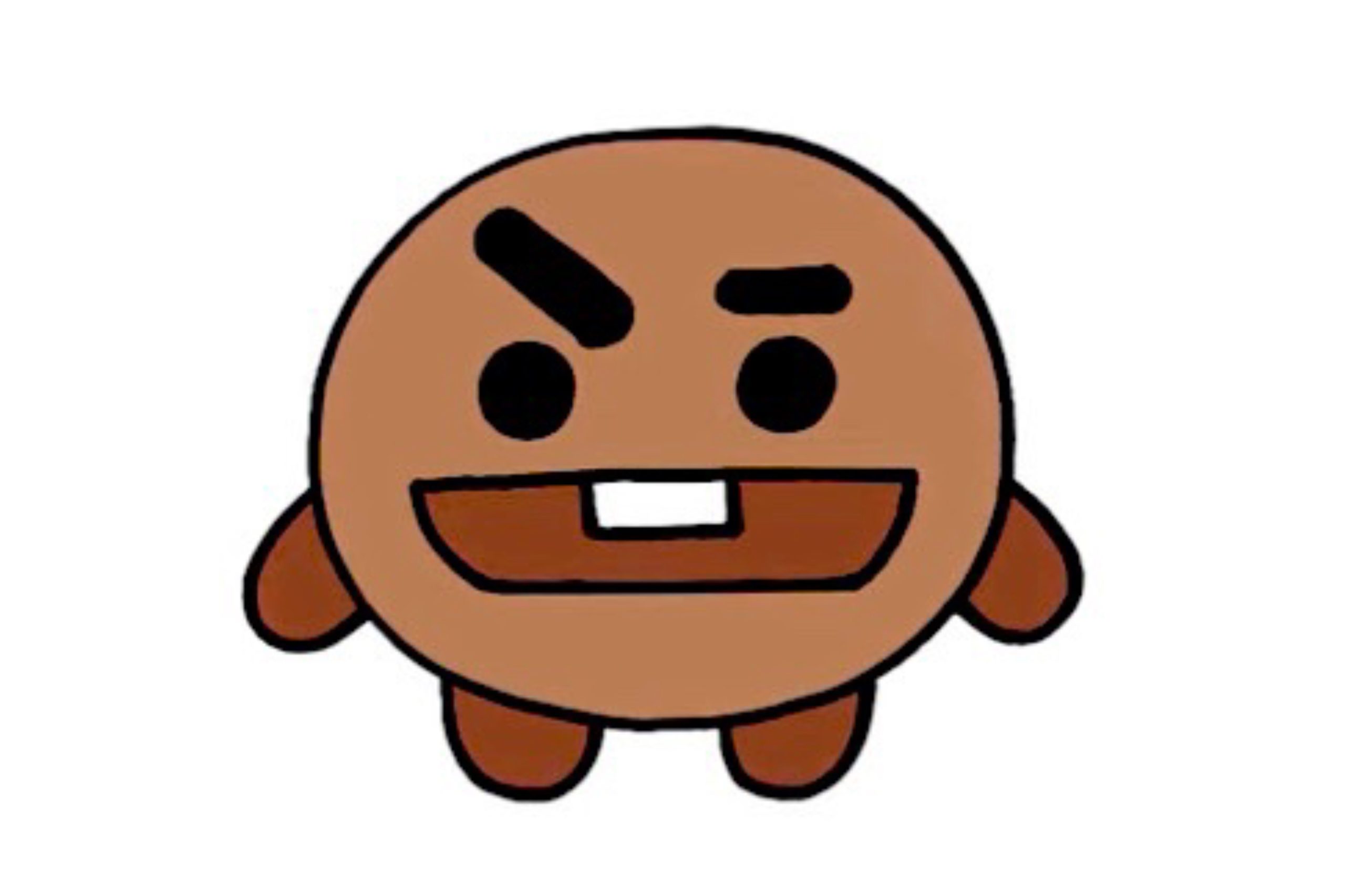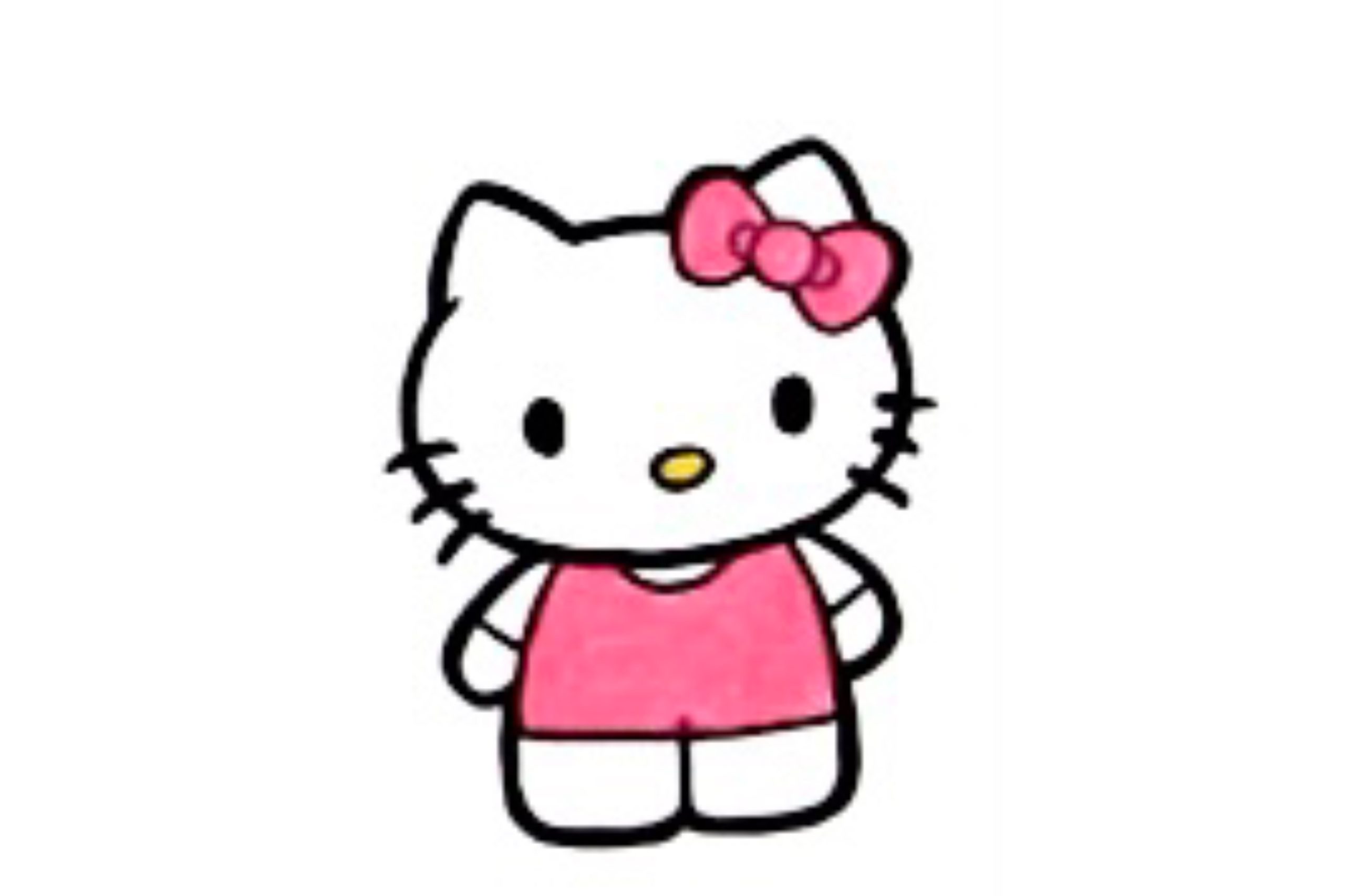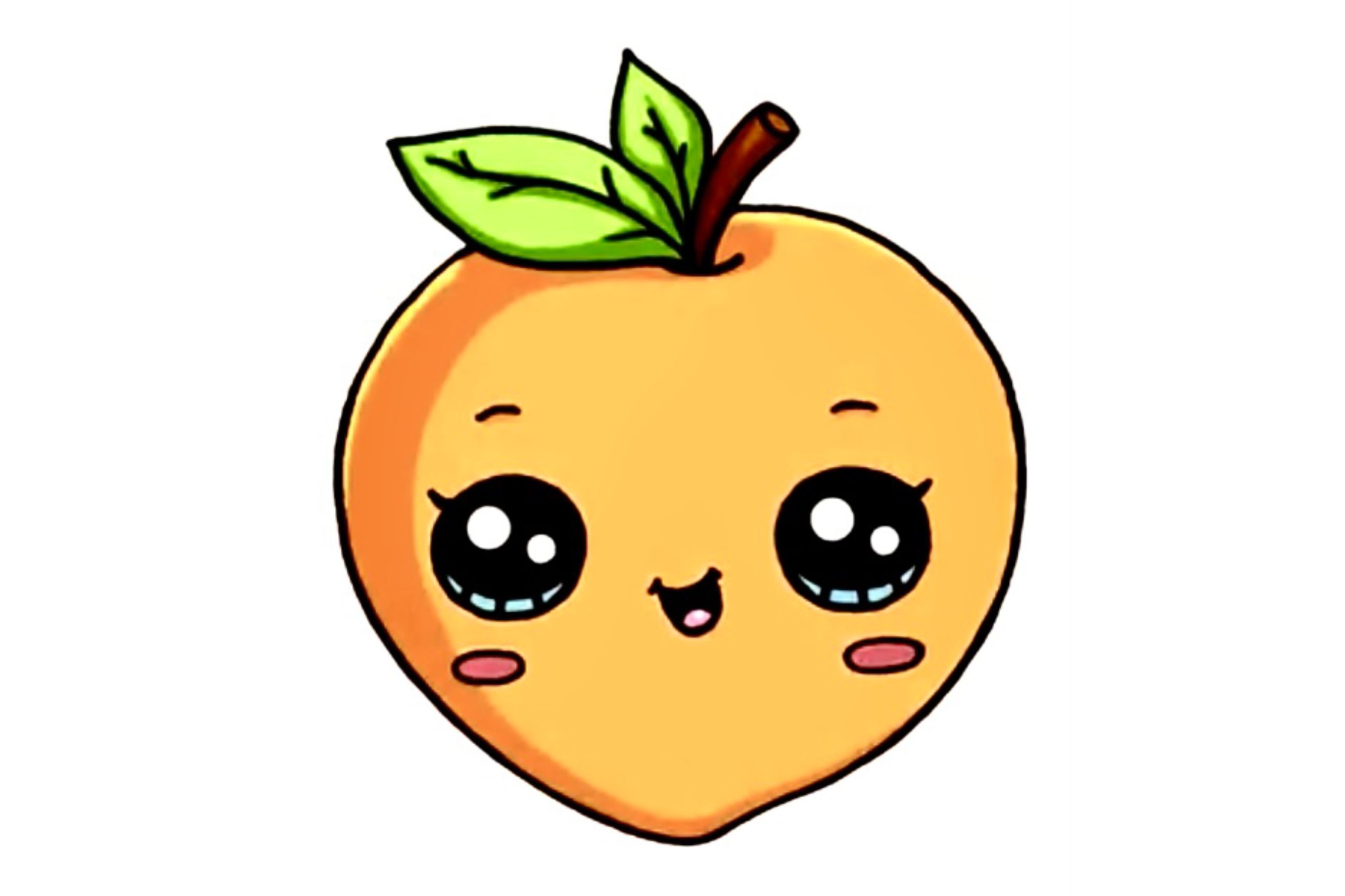Coloring Techniques
How To Use Watercolor Properly
The use of watercolors is extremely common to make the picture more vivid. So how to use watercolor easily? Let’s find out right away with Jorz.art!
What is watercolor?
Watercolor is one of the most convenient painting materials used to draw on paper or silk fabric. This is a quite popular drawing and painting technique, especially in painting and calligraphy. Watercolor is a type of transparent paint made from pigment mixed with water. When painting with watercolor, the artist often dilutes pigment with water to create varying degrees of color, from dark to light. Watercolor is usually drawn on paper that is smooth and absorbent so that it can create layers of color and combine colors flexibly.
Advantages of watercolor
- Softness: Watercolor allows the creation of thin layers of color to create opacity and softness in the pictures. Can create a faint effect or a brilliant brightness, depending on how water and paint color are used.
- Unique light effects: watercolor is very suitable for creating light and shadow effects. The ability to create bright lights and create shadows helps recreate light phenomena in a very interesting way.
- Technical versatility: Watercolor can be used in a variety of techniques, including creating flowing water effects, decorative painting, combining with brushes, or creating pouring effects.
- Interesting in posing: Watercolor is suitable for posing and drawing natural landscapes such as mountains, rivers, sea, sky, and plants. The ability to create flowing water effects and layered watercolors creates realism for the scene.
- Create paintings from nature: watercolor is usually based on water and pigment, has no fragrance or toxic chemicals, and is a safe, environmentally friendly choice for use in art.
Disadvantages of watercolor
- Difficult to control softness: Watercolor can be quite difficult to control, especially when working on highly absorbent paper. This can result in loss of opacity control or a failure to create precise strokes.
- Possibility of paper crushing: Using a lot of water in watercolor techniques can cause the paper to become soft or crushed. This can cause the paper to become deformed or make it difficult to use detailed techniques.
- Drying time: Watercolors take time to dry completely, especially when applying thick layers of color or using a lot of water. This can create inconvenience and limit the ability to work continuously on a piece.
- Possibility of color fading: Watercolor has the ability to fade when applying a new layer of color to an old layer that has dried.
- Difficult to adjust: Once watercolor has been placed on paper, it is difficult to adjust or correct errors without damaging the work.
Tools to prepare when learning watercolor painting
Watercolor: You should choose a good-quality watercolor set that contains a range of basic colors.
Paper used for watercolor painting: Depending on the purpose, you can choose types of paper, such as smooth paper, cold-pressed paper, or rough surface paper, or you can download coloring pages and paint directly. However, you should choose to use watercolor paper with good smoothness and water absorption. This type of paper helps the paint spread and create better effects.
Pencil: used to draw guidelines and layouts before starting to paint.
Paintbrush: Paintbrushes are usually made of natural hair, soft, very durable, and not deformed by chemicals or physical impacts when drawing.
Brush, paper towel
Water
Some watercolor painting techniques
- Washing technique: Washing is layering layer after layer of a thin layer of color covering a large area. To create depth and draw details, wait for this layer to dry before adding another layer. Note that the color is applied gently and with adjustment. Avoid rubbing the same spot multiple times or rubbing vigorously because this can easily cause fraying of the paper surface and peeling of the paint.
- Wet-on-wet technique: This technique gives a blurred color effect on the paper surface, creating a blurry feeling. Done on wet or damp paper. It depends on the artist whether the color spreads more or less. Use a square-tip pen to apply clean water on the paper. Be careful to only scan once; do not scan multiple times because it will cause the paper to fray. When scanning color, you can tilt the board to adjust the direction of color flow. Don’t add too thin a color.
- Spray Techniques: Mix color with a moderate amount of water. Then use your finger to stroke the bristles of the brush so that the color splashes all over the page. To control this technique better, you should practice on a blank page first. After that, you can practice on dry paper or moist paper at different levels.
- Color enhancement technique: Use a wet brush or paper towel. Then use it to wipe off the paint that has been applied to the painting. This technique can be used to create other soft lighting effects, such as rays or fog.
- Edge softening technique: This technique helps you treat edges that are not very soft by using a damp brush, not too wet. As soon as you finish painting, take a damp brush and paint along the line you want to soften. Continue repeating if you want to increase the size of the blurred part.
Steps to get started with watercolor painting
Painting with watercolor is a creative and fun process. Here are some basic steps to get started with watercolor painting techniques:
- Step 1: Build a light image with a pencil; pay attention to building a large image. For small details, draw in color to avoid tearing the paper surface. Outline the overall look with a single color; depending on the overall look, choose the appropriate color.
- Step 2: Moisten and apply a colored overall primer. Note that with watercolor, you should paint from light to dark, from far to near.
- Step 3: Color each detailed area, applying the wet-on-wet technique to handle soft border lines. Don’t draw too sharp.
- Step 4: Complete the background and lighten the color. Drag the color of the foreground object to the parts adjacent to the background to create a spatial connection.
Above are the things you need to know when you want to learn watercolor painting. If you want to learn thoroughly, it is best to sign up for professional drawing classes at reputable centers. You will practice and experience many interesting and new methods that will not disappoint you! Moreover, for those of you who are new to painting, you must have heard about acrylic. This type of color has some similarities as well as some differences when compared with watercolor. You can learn more about the characteristics and uses of these two colors through the article The Difference Between Watercolor And Acrylic Paint.
Watercolor painting requires necessary knowledge such as materials, shades, color palette, and composition. Mastering this knowledge, you will surely create amazing watercolor paintings. Whether you know about watercolor painting or not, practice diligently; your skills will improve significantly, and you will become much more proficient. Jorz.art has many coloring pages with diverse themes about animals, holidays throughout the years for you to download, print, and practice coloring using watercolor or any other colored materials. Jorz.art wishes you all the best on your path to pursuing your artistic passion!
The use of watercolors is extremely common to make the picture more vivid. So how to use watercolor easily? Let’s… View More








